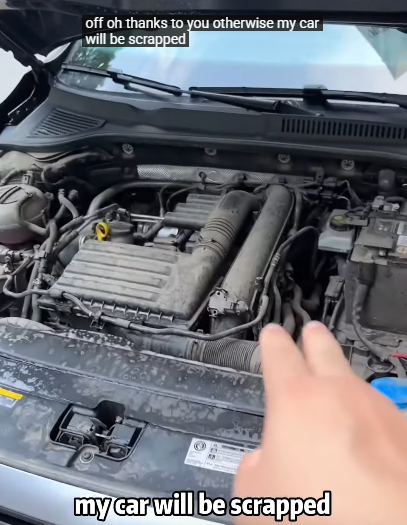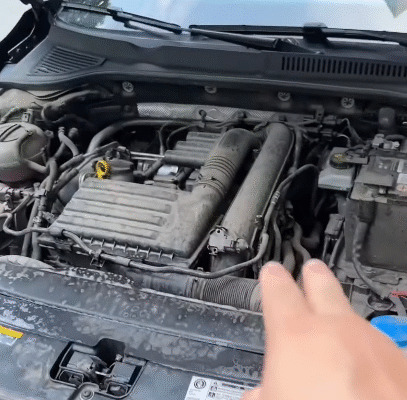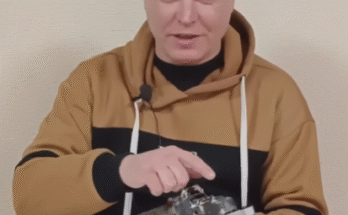
Car fires are terrifying, dangerous, and unfortunately more common than people realize. Whether caused by mechanical failure, accidents, electrical malfunctions, or even arson, car fires can escalate within seconds. The key to surviving a car fire is being prepared, staying calm, and acting quickly. In this article, we’ll guide you through everything you need to know — from identifying fire risks to escaping safely if the worst happens.
1. Understand the Common Causes of Car Fires
Before you can protect yourself, it’s important to know what causes vehicle fires. Some common culprits include:
- Fuel system leaks: Gasoline is highly flammable. A fuel leak can ignite from a single spark.
- Electrical system failure: Faulty wiring or battery issues may cause sparks or overheating.
- Overheating engines: An overheating engine can melt components, release fluids, or even ignite flammable materials.
- Collisions: Car accidents can rupture fuel lines, damage batteries, or cause parts to spark.
- Poor maintenance: Ignoring warning signs like leaking fluids, flickering lights, or burning smells can increase fire risk.
Knowing these causes can help you prevent problems before they turn dangerous.

2. Recognize the Early Warning Signs
Spotting a fire before it becomes unmanageable can save your life. Here are signs to watch for:
- Smoke or a burning smell: If you smell rubber, plastic, or gasoline, pull over immediately.
- Sparks or flames: If you see sparks under the hood or flames near the engine or exhaust, act fast.
- Warning lights: Don’t ignore dashboard lights indicating electrical issues, overheating, or low oil.
- Popping or crackling sounds: These noises could indicate something burning inside your engine bay.
If you notice any of these signs, take immediate action.
3. What to Do the Moment You Suspect a Fire
Step 1: Pull Over Safely
As soon as you detect danger, turn on your hazard lights and pull off the road. Choose a flat, open area away from buildings, dry grass, or other vehicles. Put the car in park and turn off the ignition to stop the flow of fuel and electricity.
Step 2: Evacuate Immediately
Don’t waste time grabbing valuables or calling 911 before getting out. Fires can spread in seconds. Get yourself and any passengers out of the vehicle quickly but calmly.
Step 3: Move Away from the Car
Once outside, move at least 100 feet away. A burning vehicle can explode, especially if the fire reaches the fuel tank. Do not stand near the car or open the hood/trunk — this could fuel the fire by allowing oxygen in.

4. Call Emergency Services
Once you’re safely away from the vehicle, call 911. Clearly explain the situation and your location. Let the dispatcher know if anyone is injured, if the fire is spreading, or if nearby cars/buildings are at risk.
5. Do NOT Attempt to Fight a Large Fire
Many people panic and try to extinguish the fire with water or small extinguishers. This is extremely dangerous if you’re untrained. Gasoline fires can’t be put out with water — and electrical or oil fires require specific extinguishers. Only attempt to fight the fire if:
- You have a Class B or C fire extinguisher.
- The fire is very small and localized (like a spark or smoke from the dashboard).
- You are not in danger and the car is not smoking heavily or leaking fluid.
Otherwise, leave it to the professionals.
6. Keep a Fire Safety Kit in Your Car
Preparation is your best defense. Here’s what you should keep in your vehicle:
- Fire extinguisher: A compact, car-rated (Class B and C) extinguisher.
- Escape tool: A seatbelt cutter and window breaker to escape in case doors are jammed.
- First aid kit: To treat minor burns, cuts, or injuries from evacuation.
- Reflective vest and flashlight: In case it’s nighttime or you’re on a dark road.
Storing these items in your glove compartment or under the driver’s seat can make a critical difference.

7. Practice Safe Driving Habits to Prevent Fires
Simple habits can drastically reduce the risk of a car fire:
- Check for fluid leaks regularly. Puddles under your car could be oil, gas, or coolant.
- Don’t smoke in the car. A dropped cigarette could ignite upholstery or spilled fuel.
- Avoid overloading electrical outlets. Don’t plug too many chargers or devices into one port.
- Schedule regular maintenance. Let a mechanic inspect wiring, hoses, and belts regularly.
- Be cautious after an accident. Even if the crash seems minor, hidden damage could increase fire risk.
8. Special Situations: Electric and Hybrid Cars
Electric and hybrid vehicles are becoming more common. These cars have different risks due to high-voltage battery systems. In a crash or fire:
- Do not touch exposed wires.
- Stay away from any liquids leaking from the battery. They can be toxic or flammable.
- Tell firefighters it’s an electric/hybrid vehicle. They may use special methods to extinguish it.
Even after the visible fire is out, electric cars can reignite due to thermal runaway in the battery. Stay far away until cleared by professionals.

9. What to Teach Your Family and Kids
Car fires are rare but deadly. Everyone in your family should know these safety tips:
- How to unbuckle seatbelts quickly
- Where to find the escape tool
- Why it’s important to move far from the car
- Not to panic, but to act quickly and follow instructions
Practice a quick evacuation drill just like you would a fire drill at home.
10. After the Fire: What Comes Next
Once the fire is extinguished and you’re safe, here’s what to do:
- Contact your insurance company. Report the incident and follow their instructions.
- Get a police/fire report. This is often needed for insurance and legal purposes.
- Do not attempt to re-enter the vehicle. Even after the fire is out, the car may still be hazardous.
- Replace any fire safety gear used. Replenish your extinguisher, first aid, and tools.

Conclusion
A car fire can happen in seconds — and every second counts. The most important things you can do are prepare in advance, stay calm under pressure, and evacuate quickly. Most people survive car fires not by luck, but by knowing what to do.
Remember: a burning car can be replaced. Your life cannot.
By following the steps outlined in this guide, you’ll be ready to protect yourself, your loved ones, and others if you ever face this dangerous situation.



